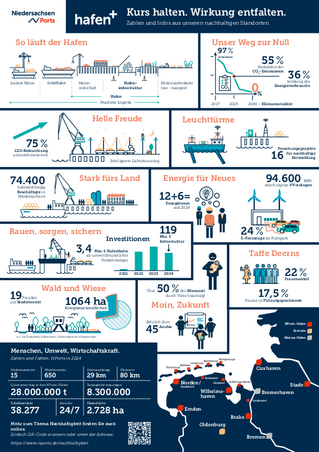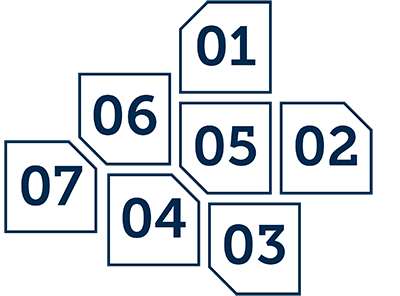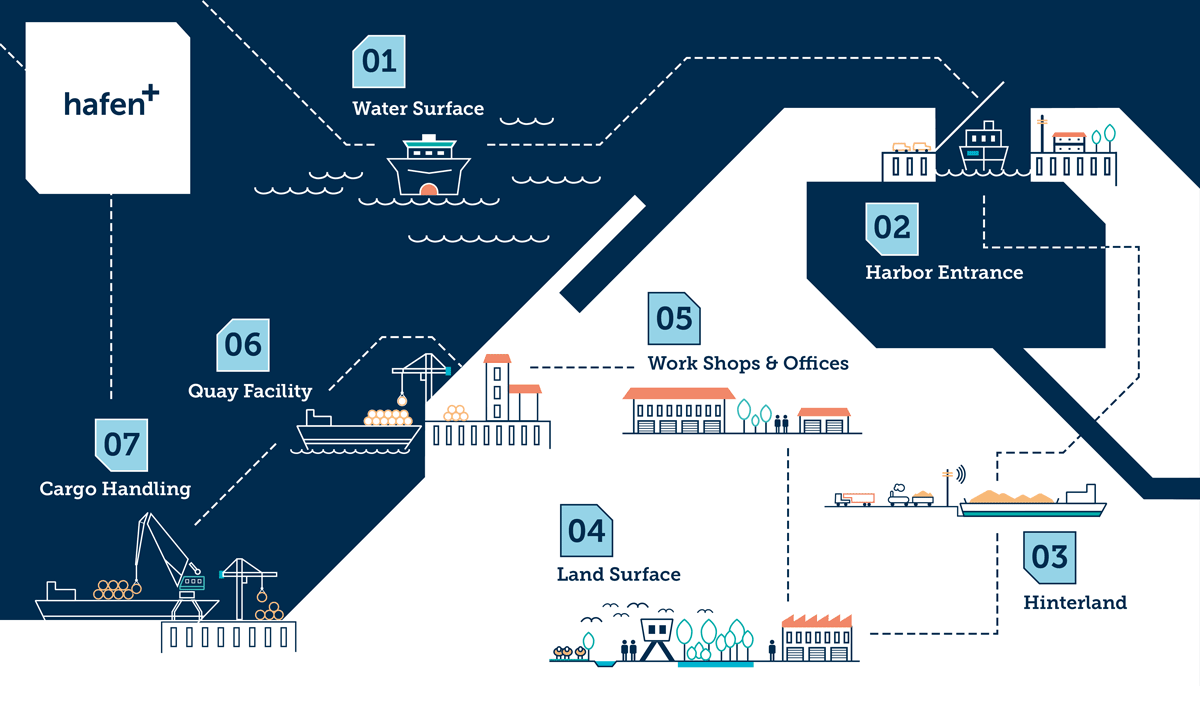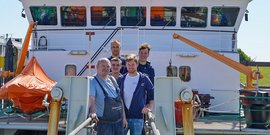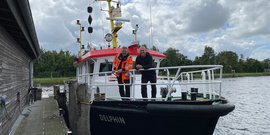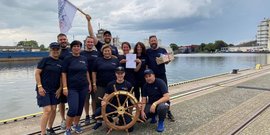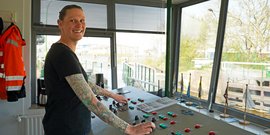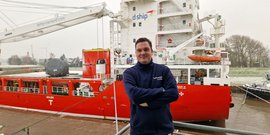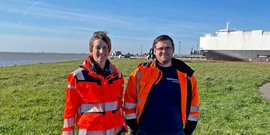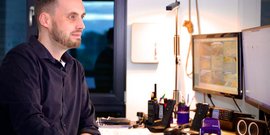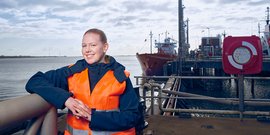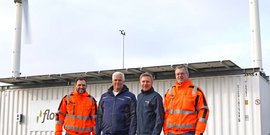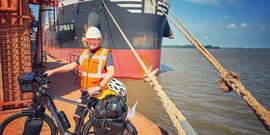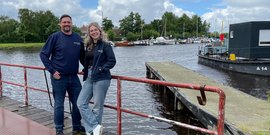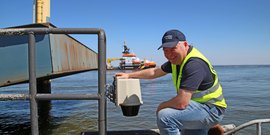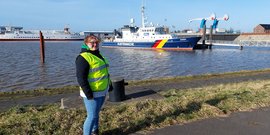We are the ports for a sustainable future.
hafen+ – On Course. With an Impact on the Future.
Sustainability remains an ambitious course worth following. For us, 2024 was a year of concrete demands and an intense review of the CSRD reporting and the EU taxonomy. We diligently worked on the requirements, following all applicable guidelines with a clear ambition for quality and substance. During that process, we were able to fall back on our experience from seven years of sustainable development with hafen⁺.
Today (spring of 2025), the so-called Omnibus Simplification Package of the EU Commission represents a proposal that may make continued reporting obligations obsolete. But no matter how the decision about this proposal turns out: The work we have accomplished thus far is invaluable. It has provided us with important insights and helped us to embed sustainability on an even more systemic level within the company. The important thing is that we make the best of what we have learned and keep a clear focus on the things that count: Impact and Relevance. It’s not just about a strategy, but rather about the attitude that defines our actions.
This attitude can be seen on an everyday basis. For instance, in conversations with neighbors at the various port sites, between co-workers during specific projects, but also during large-scale construction projects that are creating infrastructure, securing utilities, and supporting the global shift in energies. Sustainability takes effect where it comes to life. It is fueled by commitment and accountability.
And on our voyage, hafen+ acts as our compass. It shows us the direction, but we still have to find our own way. Step-by-step. Year after year.
Join us on our course and discover stories, facts & figures, but also the outlook for our sustainable development.
We welcome your interest and the dialog!
Your NPorts Team
Join Us on Our Harbor Tour
The opportunities and challenges of our Sustainability Strategy are different for each of our sites. Be it Brake, Wilhelmshaven, Cuxhaven, Norden, Stade, or Emden: Our ports operate in completely different environments with special focuses. But some of the stations are the same for all ports. Join us on our virtual tour of the port through seven stations, where we generate sustainable added value for our coastal region in Niedersachsen through targeted development.
Our Plus Stories
On any given day, there is a lot going on in our 15 ports. Find out more about our team and our latest stories, neatly correlated to the seven important stations for sustainable action at NPorts.
Please find the facts in the Sustainability Report 2023 here.


